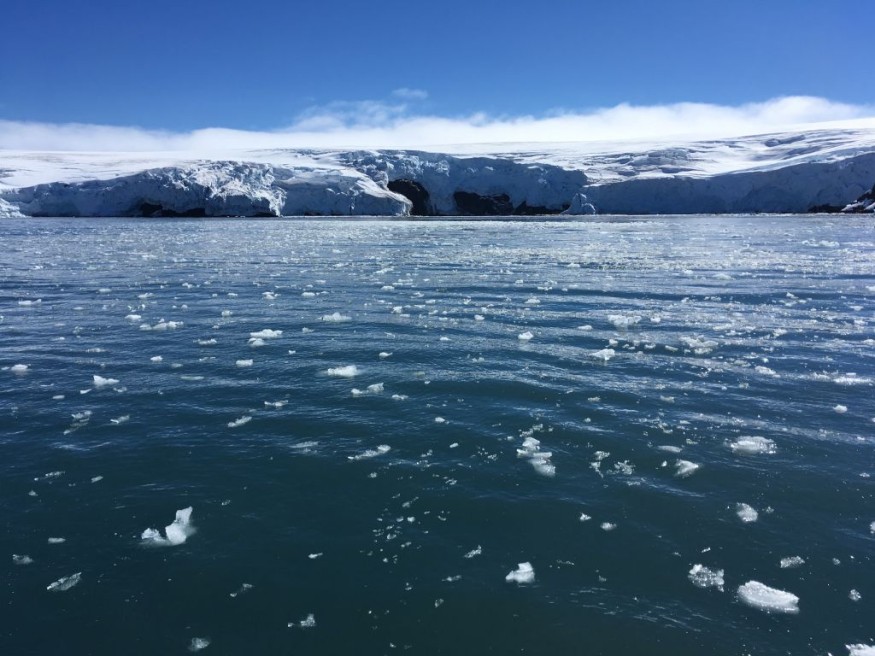Antarctic sea ice cover continues to retreat amid climate change and global warming. In a recent discovery, scientists have determined that the Antarctic ice sheet is at its lowest level as of February 2023.
The discovery sheds light on the reality that Antarctica's sea of ice is significantly smaller than it was several decades ago since observations started.
Melting ice and glaciers are a profound indicator of a warming planet, where temperatures have risen since the 18th century Industrial Revolution, a benchmark used by climate researchers to compare the current weather and climatic conditions we have in contemporary times.
In this context, scientists have agreed that the climate crisis is human-driven due to fossil fuel burning and greenhouse gas emissions.
Current State: Sea Ice Cover

Sea ice cover or ice sheet are one of the main features of icy continents of the Arctic and Antarctica. It is also one of the key components of the polar climate system, and has been a focus of attention by scientists in recent years. This is mainly due to the strong decrease in the Arctic sea ice cover, according to the National Aeronautics and Space Administration (NASA).
A satellite-based data record from late 1978 shows that rapid changes have been transpiring in the Arctic, where the ice coverage has been retreating at a significant rate, according to NASA. Prior to the February 2023 discovery, the US space agency mentioned that the Antarctic sea ice coverage has been increasing but at a lesser rate compared to the Arctic.
This means that the recent findings reveal a paradigm shift with regards to our understanding of the current state of sea ice covers, particularly those of the Arctic and Antarctica.
Also Read: Scientists Discover Solar Energy Explains the Quick Annual Retreat of Antarctica's Sea Ice
Antarctic Sea Ice Cover
On February 14, the National Snow & Ice Data Center (NSIDC) stated that the Antarctic sea ice extent appeared to have surpassed the record low set last year; and with a couple of weeks left in the melt season, the retreat is expected to drop further before reaching its annual minimum.
The NSIDC estimates the Antarctic sea ice extent decreased to 1.91 million square kilometers (737,000 square miles), making it a new record low from the previous record of 1.92 million square kilometers (741,000 square miles) which was set on February 25 in 2022.
This is only the second year that the Antarctic extent has decreased below 2 million square kilometers (772,000 square miles). Furthermore, the annual minimum in previous years has occurred between February 18 and March 3. With this, further sea ice cover decline is expected, the center asserts.
Meanwhile, researchers from the Alfred Wegener Institute and University of Bremen analyzed the situation of the currently lesser sea ice in the Antarctic in 40 years since the start of satellite observation, as cited by Phys.org.
In relation to the February 13 data provided by the NSIDC, the researchers determined that only 2.20 million square kilometers of the Southern Ocean were covered with sea ice as of February 8. The gap shows that the Antarctic sea ice cover significantly retreated in less than a week.
Related Article : Massive Old Sea Ice Breaks Off From Marie Byrd Land in Antarctica
© 2025 NatureWorldNews.com All rights reserved. Do not reproduce without permission.





